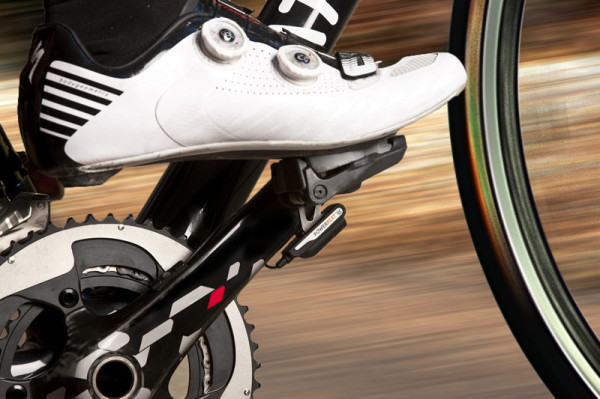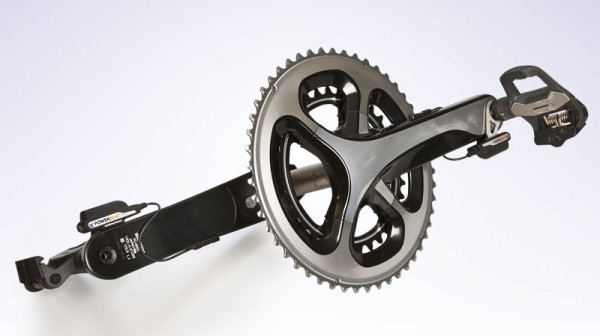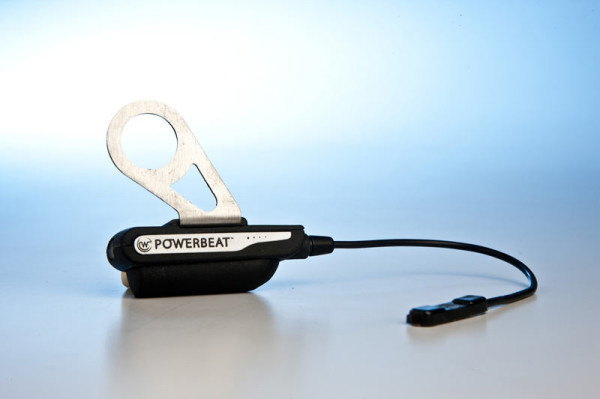Nothing gives power to the people like a power meter that’ll fit any crankset and costs a fraction of competing units. That’s just what Watteam has done, surging to market with their new PowerBeat power meters.
Using a processing unit with built in transmitter wired to a strain gauge, the PowerBeat measures the effort put into each pedal stroke on each side. That means true, independent left and right side measurement. Each side weighs just 24.2g, yet it’s packed with features like dual ANT+ and Bluetooth Smart (LE) data transmission and a combination of strain gauges, gyros and accelerometers. It’s all housed in a weatherproof construction with user replaceable batteries.
The best part? It’ll mount to any crank arm -carbon, alloy, old, new, whatever- and it costs as little as $499…
PowerBeat was designed by engineers with input from former Israeli national cycling team coach Ofir Gal-on, who’s a co-founder of Watteam. The product is developed in Israel, but the company’s based in California.
The parts are small and light, and a bit of electrical tape can keep that wire from ending up anywhere it shouldn’t. Battery life is rated at 360 hours of use.
The unit will also transmit cadence, and all data can be read by any compatible ANT+ or Bluetooth 4.0 cycling computer or smart phone app. They’ll also have their own app for iOS and Android.
Installation and calibration is supposedly extremely easy and can be done anywhere by anyone. They’ll have tutorial videos at launch, which is pegged for Interbike in September. At the moment, they’re finalizing the algorithms and development details, so all they’ll tell us about how exactly it calibrates to any crankset is that you’ll go through a short calibration process during set up.
Another nice feature of the system is that it’ll let you switch it to a new crankset by simply replacing the sensors, which they’ve told us will be inexpensive. As for accuracy, they’re only saying that when ridden simultaneously with a PowerTap rear hub, it’s showing the same power measurement. We’ll grill them more at Interbike. In the meantime, enjoy this video:


